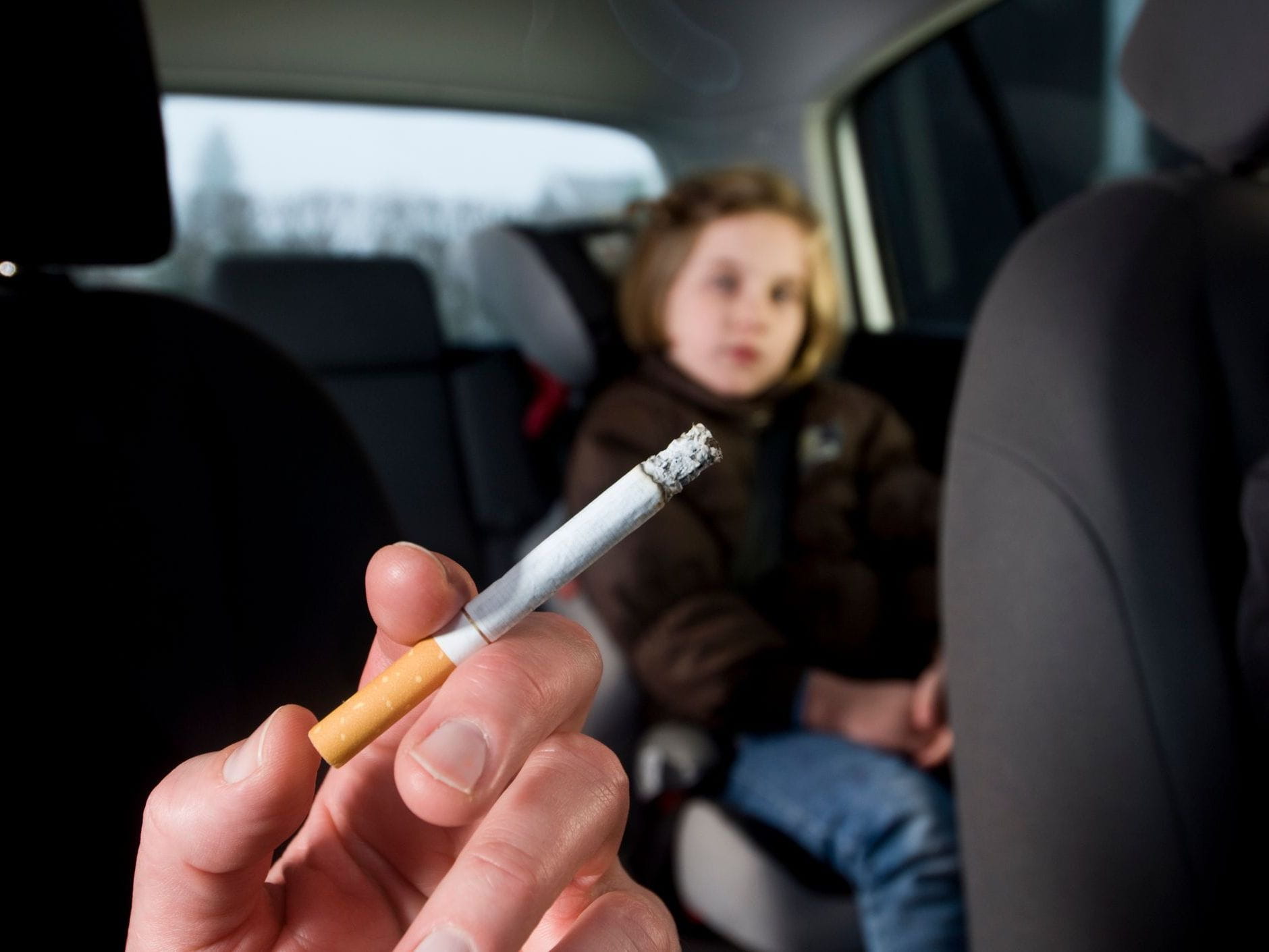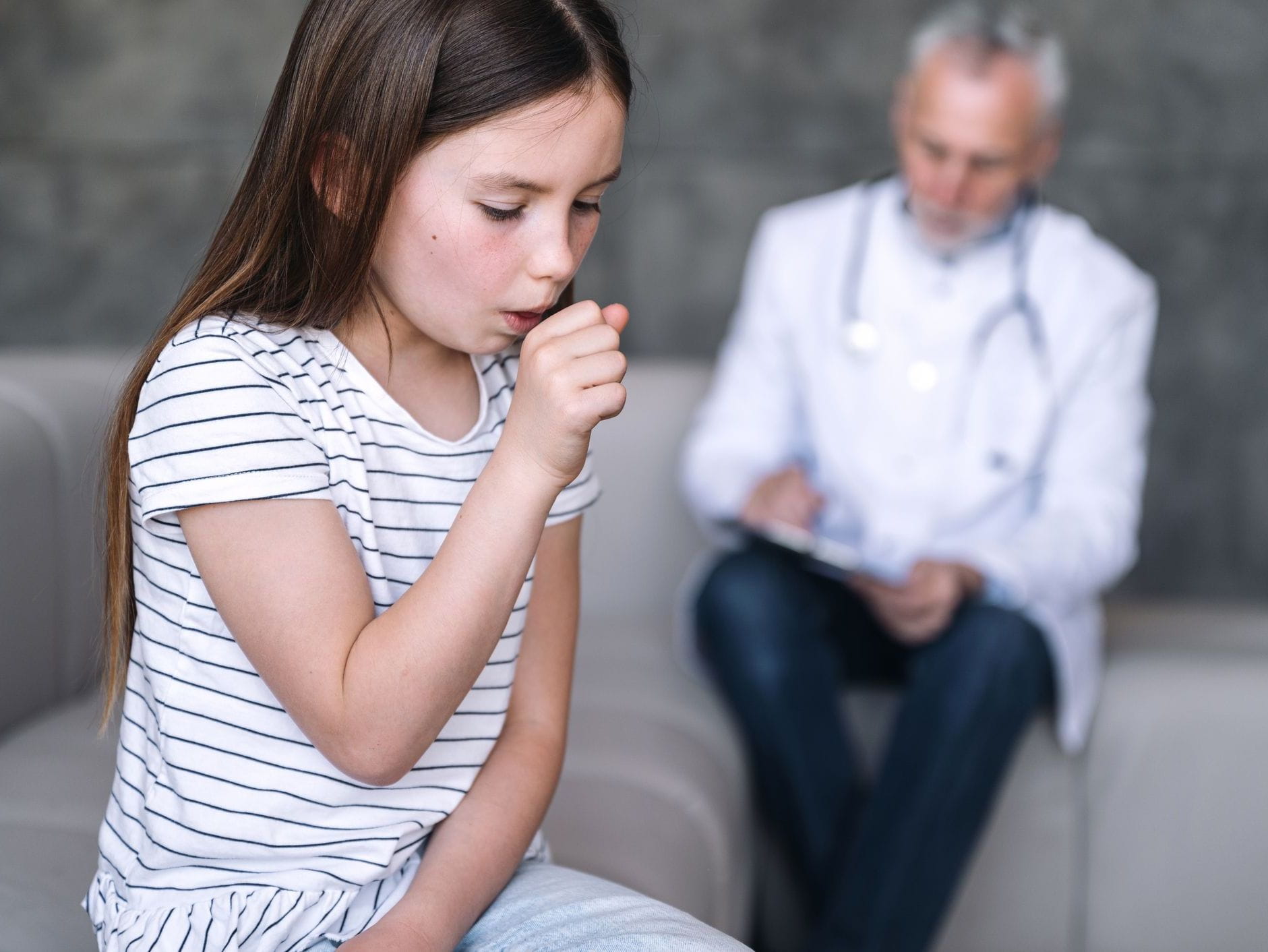Secondhand Smoke: It’s About Everyone

The Bottom Line
Secondhand smoke is smoke breathed in by people other than active smokers. Secondhand smoke can cause lung cancer, heart disease, and stroke in adults. Infants and children may experience respiratory problems, lung and ear infections, and other ailments. Secondhand smoke is not safe in pregnancy as it can increase the risk of miscarriage, low birth weight, and premature birth.

What is secondhand smoke?
Secondhand smoke is tobacco smoke breathed in by people other than the active smoker. It is also called passive smoke, involuntary smoke, or environmental smoke. The source of the smoke is burning tobacco products such as cigarettes, cigars, pipes, and hookahs, as well as the smoke exhaled by the smoker.Can secondhand smoke cause cancer?
Yes, secondhand smoke can cause lung cancer. Although it has not yet been definitively proven to do so, there is some evidence that secondhand smoke can increase the chance of developing breast cancer, nasal sinus cavity cancer, and nasopharyngeal (upper part of throat behind the nose) cancer in adults. In children, secondhand smoke may increase the risk of leukemia, lymphoma, and brain tumors.Other health risks of secondhand smoke
Tobacco smoke contains hundreds of harmful chemicals including ammonia, benzene, butane, hydrogen cyanide, and toluene. Secondhand smoke can cause heart disease and stroke in adults. In infants and children, secondhand smoke can be responsible for respiratory problems such as pneumonia, bronchitis, and asthma. It can also increase the risk of middle ear infections, slow lung growth, and SIDS (Sudden Infant Death Syndrome).Learning and behavioral problems in children may be associated with secondhand smoke. If you inhale secondhand smoke from a marijuana cigarette, it is possible to get high, especially if you are in a small, poorly ventilated room for an hour or more.
How to avoid secondhand smoke while living with a smoker
The best way to avoid secondhand smoke is to not allow smoking in your home. Opening windows and using air filters/purifier may help, but will not completely eliminate the health risks associated with secondhand smoke. Ask the smoker to smoke outside, but be sure they are smoking far enough away from the house that smoke will not get into the house.Secondhand smoke exposure during pregnancy: Is it safe?
Secondhand smoke exposure is not safe during pregnancy. It can increase the risk of miscarriage, stillbirth, premature birth, and low birth weight. Exposure is not safe at any stage of pregnancy, but it poses the greatest health risks during the third trimester.Can you fail a drug test from secondhand smoke?
When you inhale tobacco smoke, your body metabolizes the nicotine into cotinine, which can then be detected and measured in urine. If you are exposed to secondhand smoke from a tobacco-only product, you will not fail a drug test. However, if you are exposed to secondhand smoke from cannabis or marijuana cigarettes, you might be at risk for failing the test. This will depend on the amount of time you spend inhaling the secondhand marijuana smoke, as well as the size and ventilation of the space in question.Have more questions?
If you have more questions about the risks associated with secondhand smoking, help from Poison Control is available by phone at 1-800-222-1222. Poison Control’s expert guidance is always free, confidential, and available 24 hours a day.Clinical Toxicologist
Poison Control Media Information
Did you find this page helpful? If so, we need your support. Poison Control is in constant competition with misinformation online. Links to www.poison.org or our webPOISONCONTROL triage tool from other websites and blogs help internet searchers quickly find accurate information and Poison Control’s contact information in an emergency. If you use the content from this page, please provide attribution via a link back to this page, www.poison.org, or https://triage.webpoisoncontrol.org/#!/exclusions. By doing so, you could save a life. Thank you!
Poisoned?
Call 1-800-222-1222 or
Prevention Tips
- Make your home a smoke-free environment.
- Protect infants and children from secondhand smoke by keeping them away from smokers.
- If you must be inside with a smoker, limit the amount of time you are there and be sure the area is well-ventilated.
- Allow smoking in designated outdoor smoking areas only.
- Wash clothing and other household items that smell from smoke.
This Really Happened
A 6-year-old girl with a history of asthma stayed with her grandparents for the weekend while her parents were away. Saturday night she woke up wheezing, coughing, and short of breath. She also looked pale. Her grandparents administered her inhaler, which resulted in a slight improvement to her condition. They took her to an urgent care center where she was noted to be in mild respiratory distress with elevated heart rate and blood pressure. Her grandfather mentioned that a friend who had visited with them earlier that day was smoking in the house. Exposure to tobacco smoke in the home was considered an aggravating factor for her asthma attack. She received treatment for asthma in urgent care, her symptoms resolved, and she was sent home. Her grandparents were instructed to air out the house, wash any household items including clothing that smelled of smoke, and not allow active smokers in the house, especially when their granddaughter was visiting.For More Information
References
Raghuveer G, Whie DA, Hayman LL, Woo JG, Villafane J, Celermajer D, Ward KD, de Ferrant SD, Zachariah J, American Heart Association Committee. Cardiovascular consequences of childhood secondhand tobacco smoke exposure: Prevailing evidence, burden, and racial and socioeconomic disparities: A scientific statement from the American Heart Association. Circulation. 2016;134(16):e336-e359. doi: 10.1161/CIR.0000000000000443
Tsai J, Homa DM, Gentzke AS, Mahoney M, Sharapova SR, Sosnoff CS, Caron KT, Want L, Melstrom PC, Trivers KF. Exposure to secondhand smoke among nonsmokers—United States, 1988-2014. MMWR Morb Mortal Wkly Rep. 2018;67(48):1342-1346. doi: 10. 15585/mmwr.mm6748a3
Tzortzi A, Teloniatis S, Matiampa G, Bekelas G, Tzavara C, Vyzikidou VK, Vardavas C, Behrakis P, Fernandez E, TackSHS Project Investigators. Passive exposure of non-smokers to E-cigarette aerosols: Sensory irritation, timing and association with volatile organic compounds. Environ Res. 2020;182:108963. doi: 10.1016/j.envres.2019.108963.
Poisoned?
Call 1-800-222-1222 or
Prevention Tips
- Make your home a smoke-free environment.
- Protect infants and children from secondhand smoke by keeping them away from smokers.
- If you must be inside with a smoker, limit the amount of time you are there and be sure the area is well-ventilated.
- Allow smoking in designated outdoor smoking areas only.
- Wash clothing and other household items that smell from smoke.
